Exercises and advice from Ross Harbaugh, professor of cello at Miami’s Frost School of Music, to help build musical awareness and understanding
The following is an extract from our Technique article in our April 2020 issue. To read in full, click here to subscribe and login. The April 2020 digital magazine and print edition are on sale now.
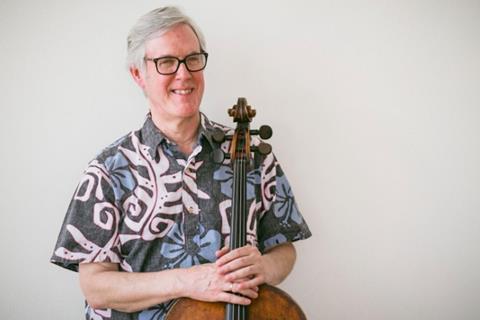
Character and emotion
Change the character of your sound by altering the balance of bow weight, bow speed and contact point. For a bolder sound, move closer to the bridge, slow the bow and use more weight; for a more tender and delicate sound, move away from the bridge, with less weight and more speed. You can try the following ideas on any scale, etude or piece, to practise creating different sounds, moods, inflections and tones of voice:
Capture different emotions in your sound: imagine saying goodbye to a dying pet, getting a puppy, or falling in love
Play as though you are a hero, a monster, a princess, a king
Perform as an Englishman, a Russian, a German, a Frenchman
Caricature different famous cellists.
Play a game of ‘Who am I?’ with friends. Exaggerate every sound you want to bring across, until it feels ridiculous, to get away from what is written on the page and to help you play more musically.
Rhythm and movement
Rhythm is another important element of musicality. Finding ways to physicalise the music will help you to build your sense of musical timing and play more accurately too:
Count dramatically through a musical phrase – ‘one and two and three and’ – following its inflections with your voice
‘March’ while you play, to give yourself a rhythmic framework
Stand in front of a mirror and conduct, acting out the musical gestures with your arms. Cue the different parts, anticipate every beat and new tempo, and physically ‘become’ the music.
This is an extract from a longer article in our April 2020 issue, in which Harbaugh shares tips to help build musical awareness and understanding. To read in full, click here to subscribe and login. The April 2020 digital magazine and print edition are on sale now.
-
This article was published in the April 2020 Anne-Sophie Mutter issue
The German violinist discusses dedicating herself to Beethoven in 2020 - and why John Williams is one of the greatest composers of our time. Explore all the articles in this issue.
More from this issue…
- Anne-Sophie Mutter on Beethoven and John Williams
- Lutherie in 18th-century eastern Germany
- The Academy of St Martin in the Fields at 60
- The instruments of Pöpel and Kurzendörffer
- The great Hungarian string teacher Béla Katona
Read more playing content here
-
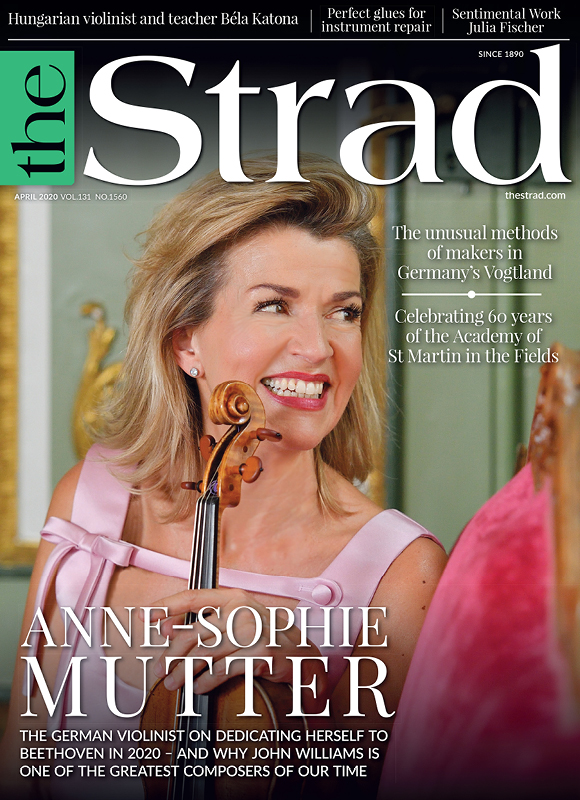

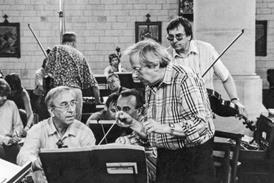
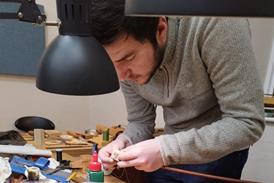
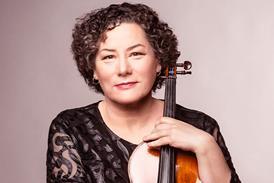
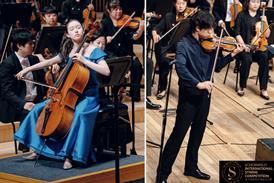
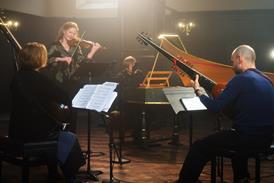
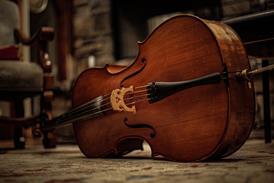




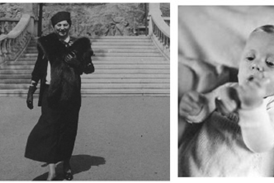
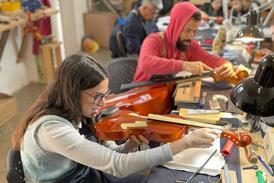
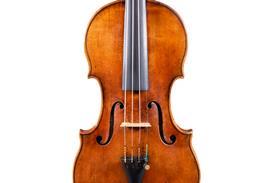
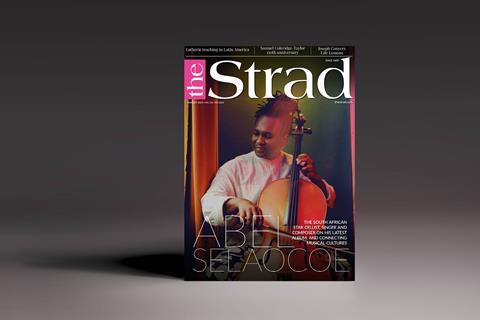



















No comments yet